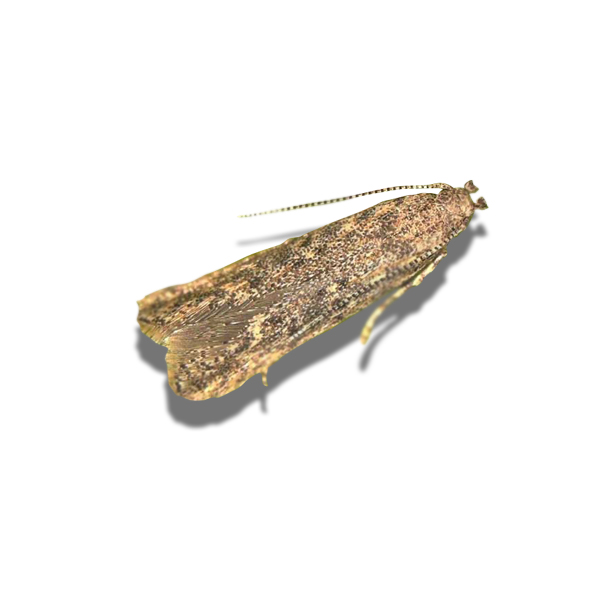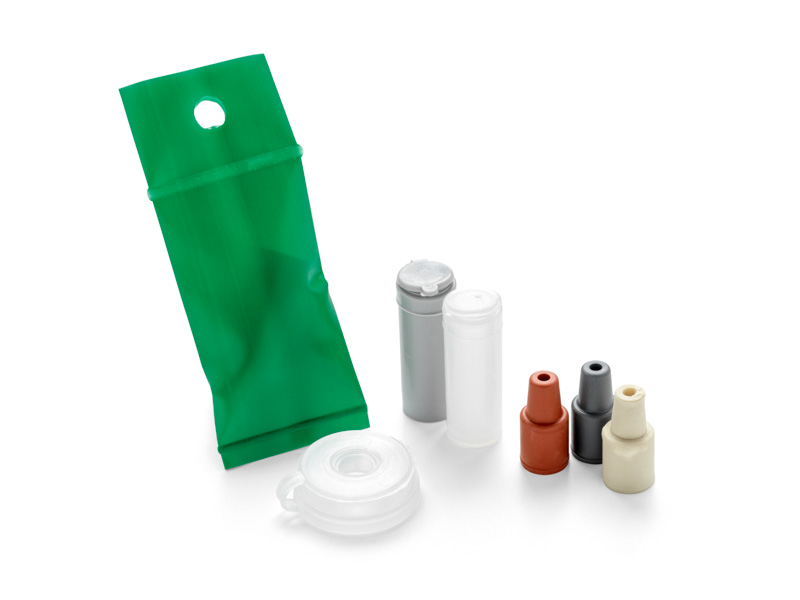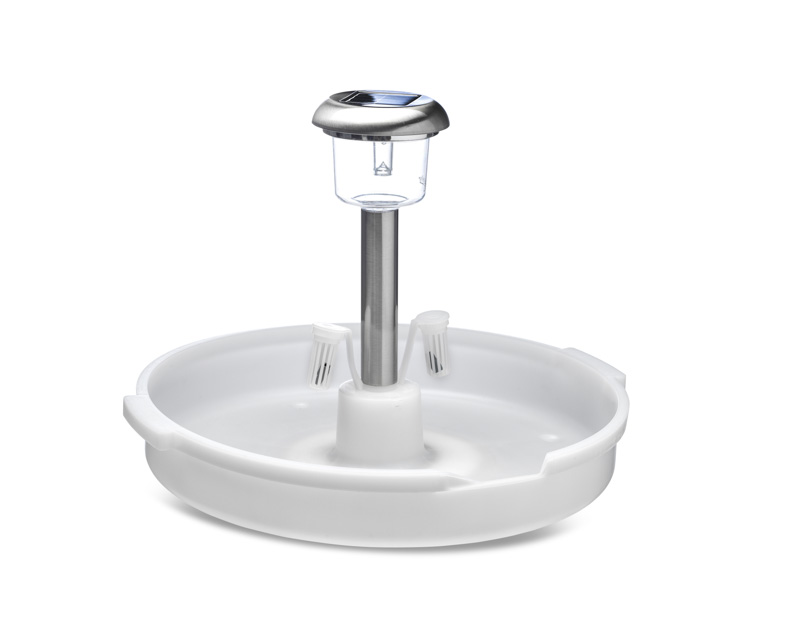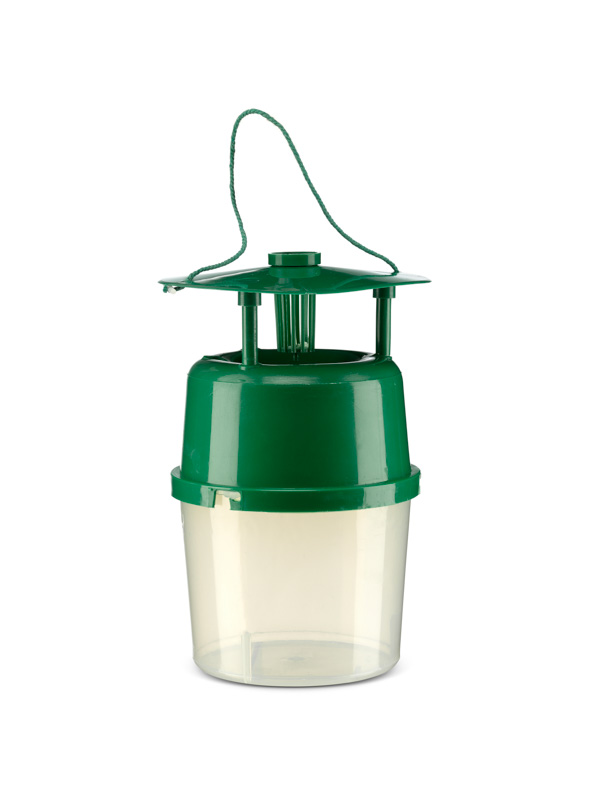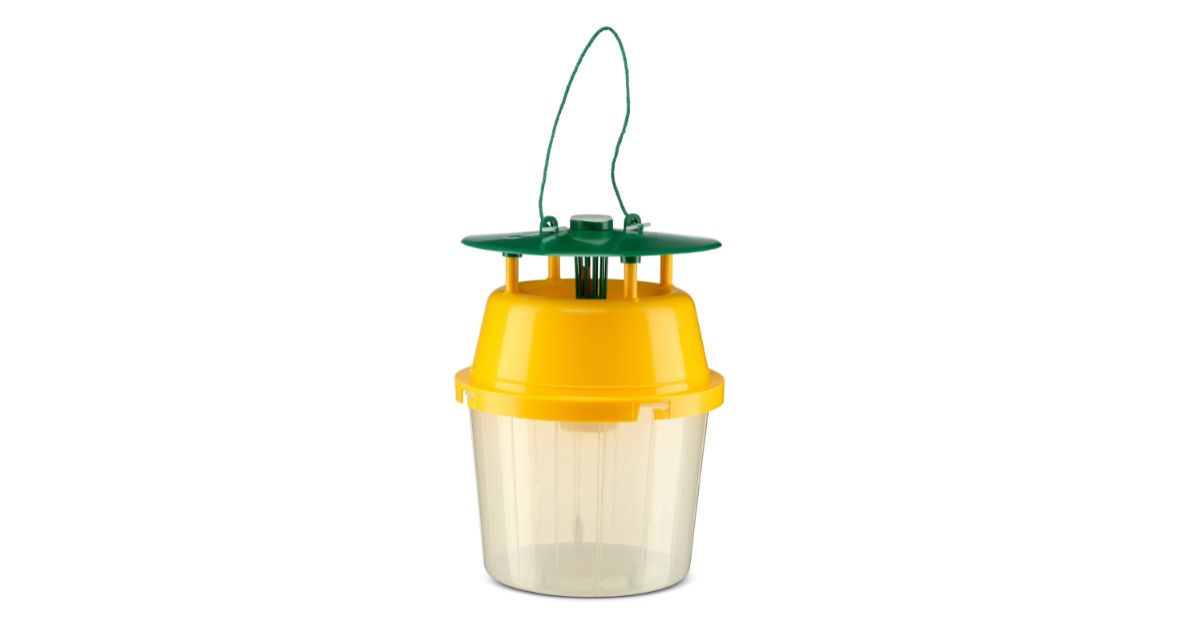Tomato Leaf Miner, Tuta absoluta
Tuta absoluta is one of the most economically important pests of tomato and is posing a serious threat to the fruits production across the Mediterranean and African regions.
This pest is crossing borders rapidly and devastating tomato production substantially. Originating from South America, Tuta absoluta is finding the shores of the Mediterranean a perfect new home where it can breed between 10-12 generations in a year. The presence of Tuta absoluta has been reported in Italy, France, Malta, the United Kingdom, Greece, Switzerland, Portugal, Morocco, Algeria, Tunisia, Libya and Albania. Tuta absoluta has been an established pest of South America since the 1980’s.
Tuta absoluta has the ability to attack the tomato at all stages. That’s why Russell IPM have developed solutions to deal with this pest at various stages of infestation.
The Tomato leaf miner is a serious pest of tomato. This insect can also attack potato, aubergine, peppers and solanaceous weeds. It originated from South America and was recently detected in Spain, France, Italy, Malta, Morocco, Algeria and Tunisia. Larvae produce large galleries in leaves, burrow into stalks, apical buds and green and ripe fruits.
Tuta absoluta poses a serious threat to protected cultivation of tomato in the Mediterranean region. It is capable of reducing up to 80-100% of total crop yield. Russell IPM manufactures and supplies Tuta absoluta pheromone lure trap for monitoring, mass trapping and lure and kill solutions.


